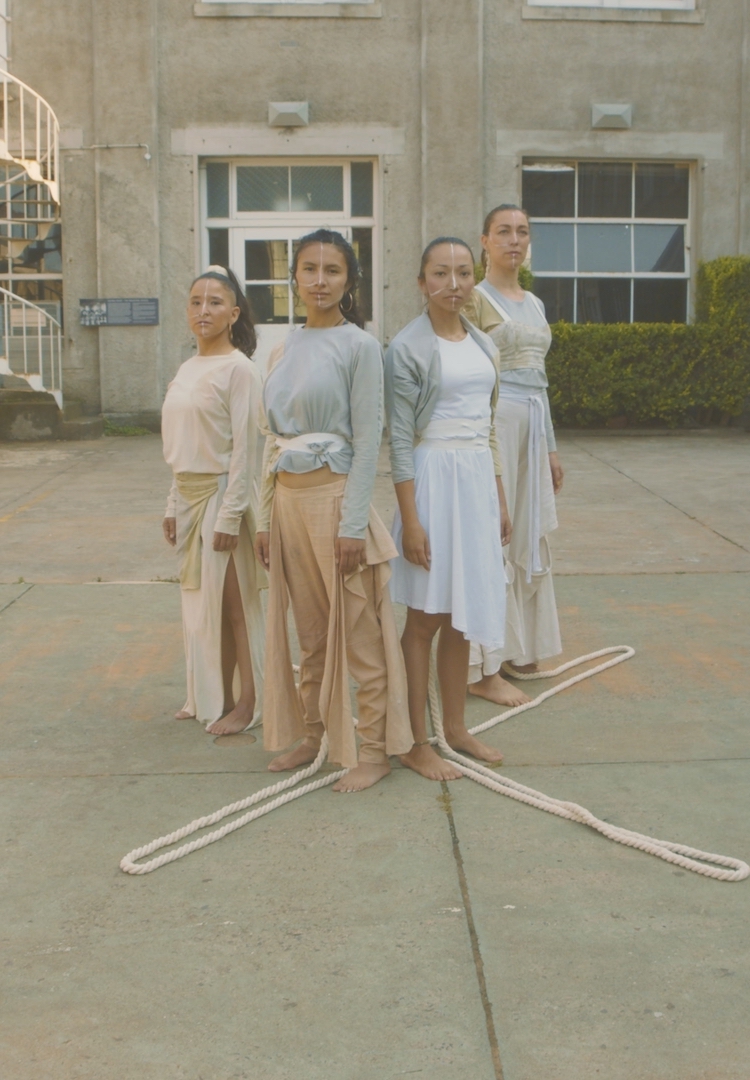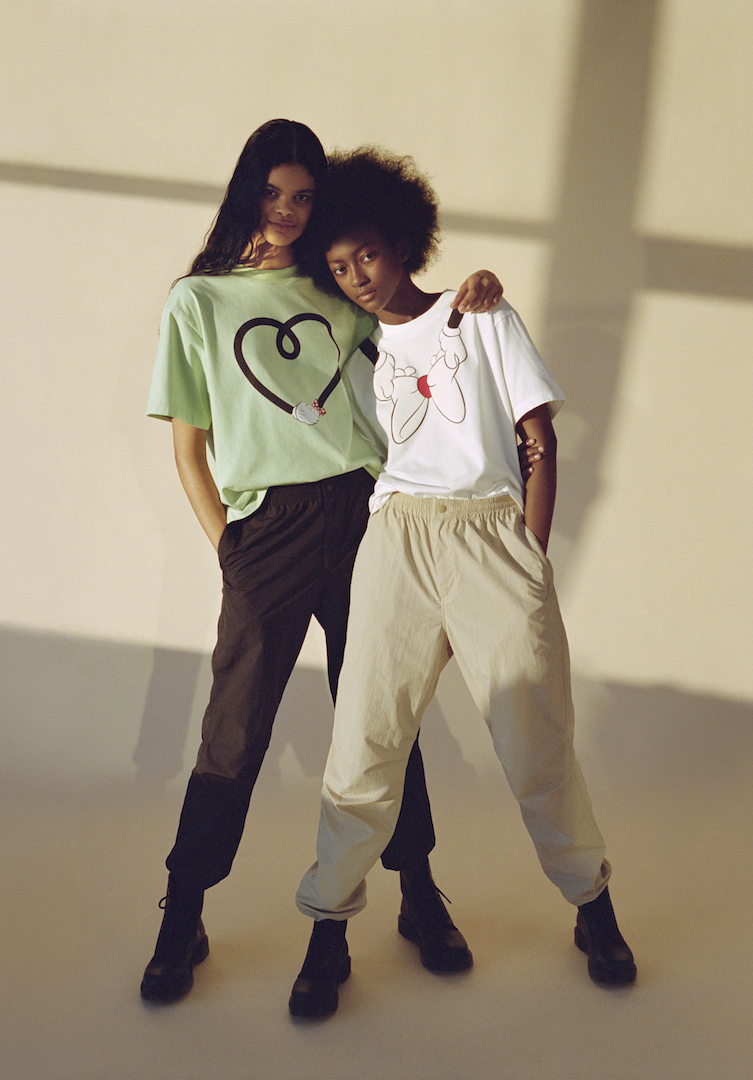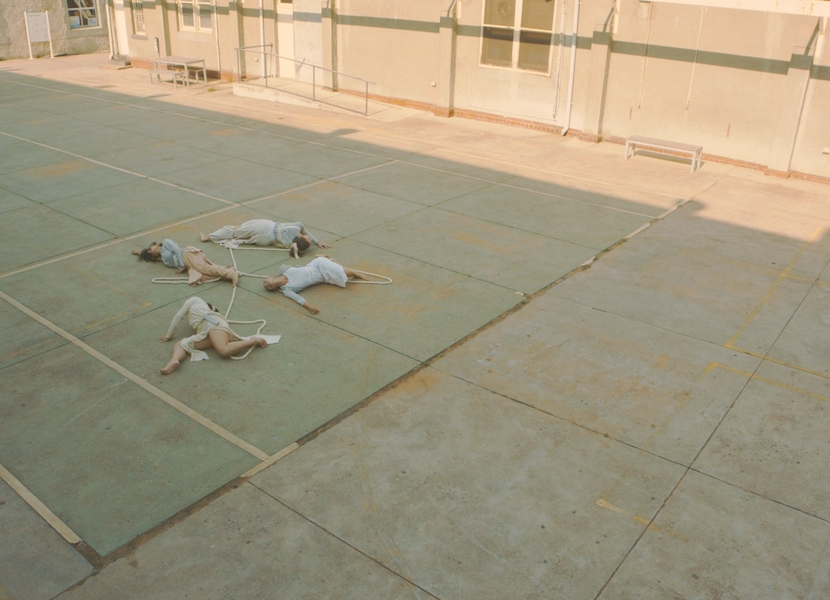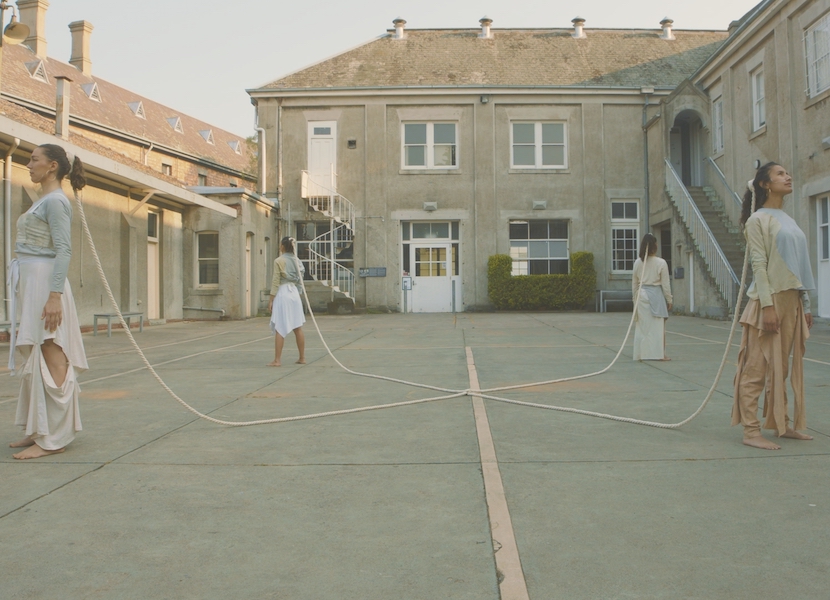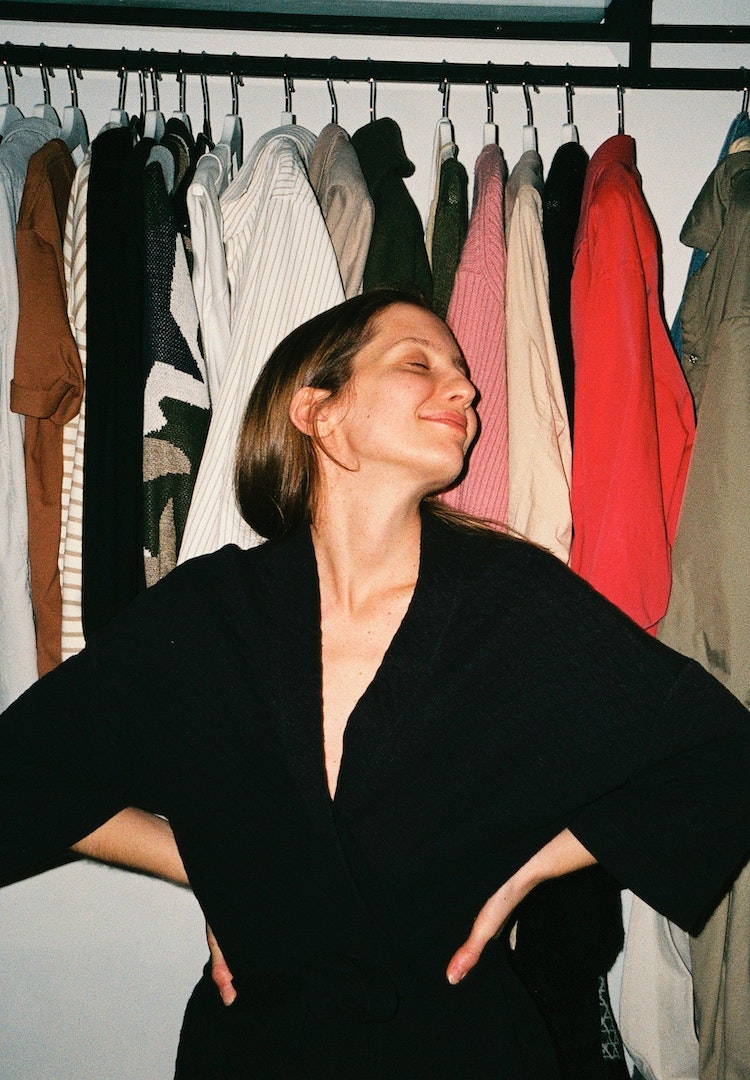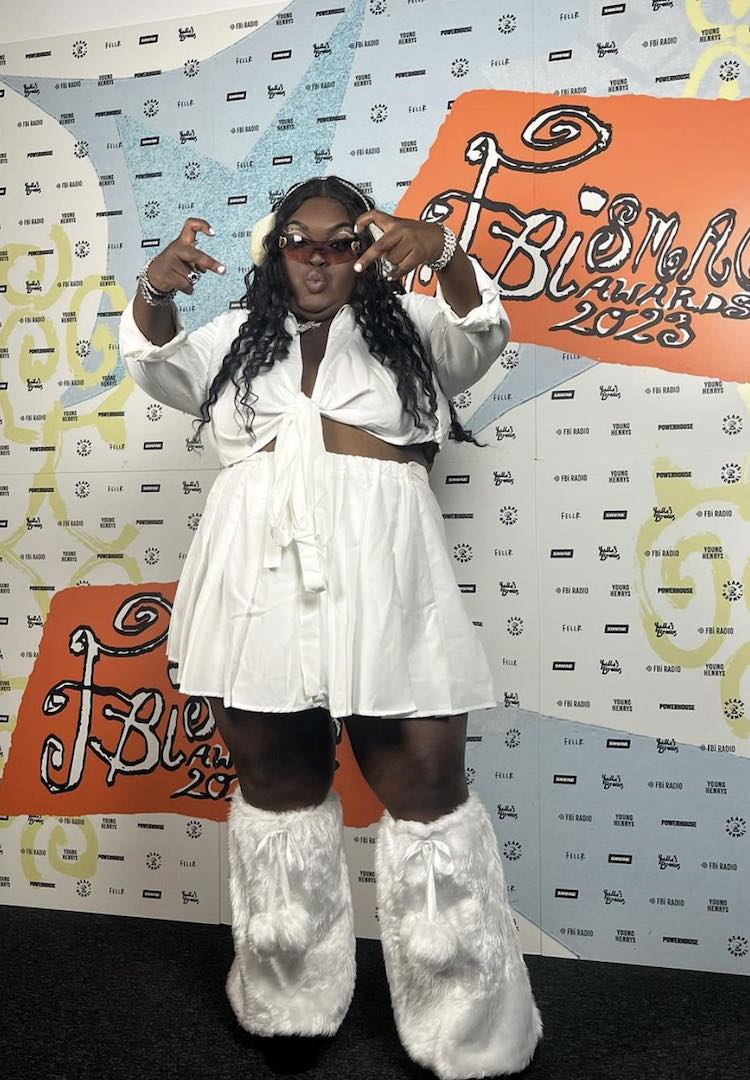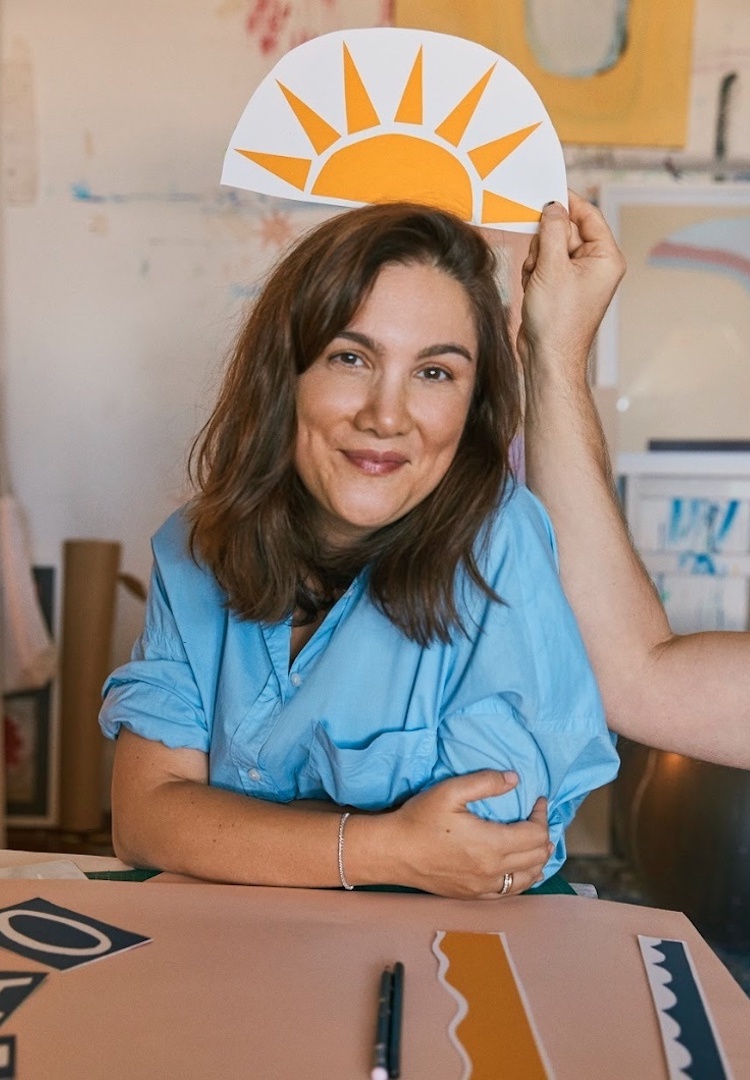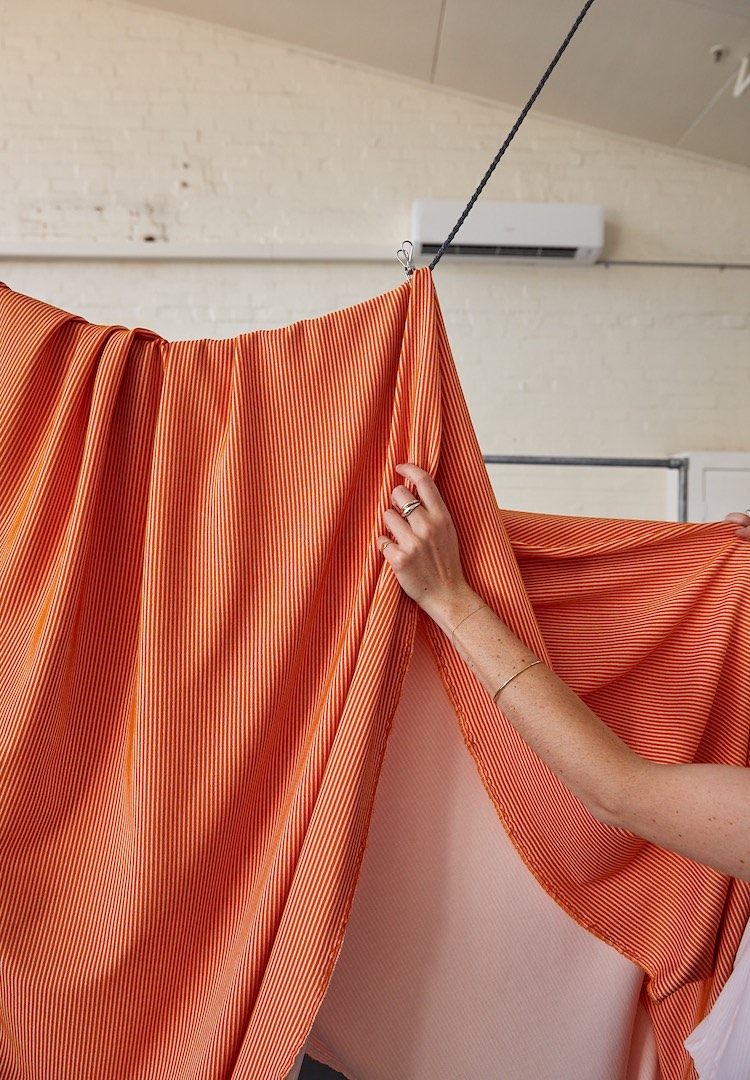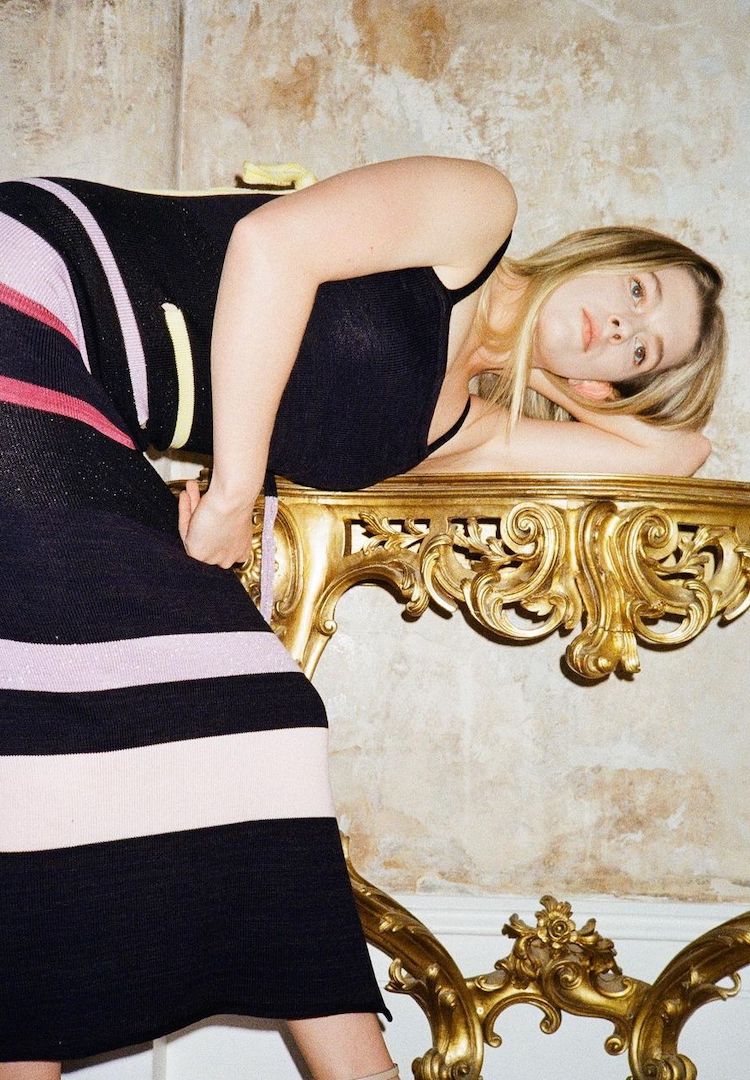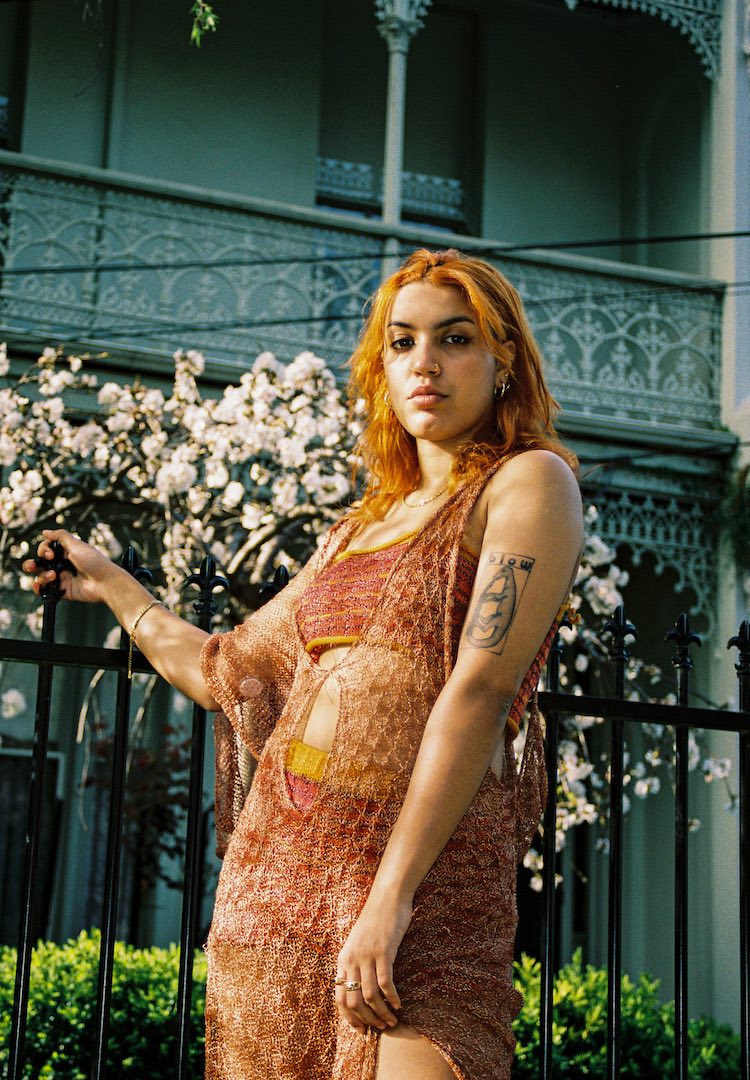How Mycelium Made and Remuse are growing a sustainable fashion future
Images via NiceFilm Co
Remuse designs pictured
Words by Helena Bammant
A lifelong trend.
Around this time last year, local label Remuse brought together a variety of creatives for an immersive runway experience.
The event engaged attendees on multiple levels, using different senses (taste, touch, sight and smell) to explore the study of mushrooms and how it might intersect with the future of fashion.
The multisensory event trumped the cut-and-dry runways of Remuse’s counterparts and created enough excitable chit-chat that its host and Remuse founder Tamara Leacock decided to announce its return to the 2020 Virgin Australia Melbourne Fashion Festival program.
On Saturday, Remuse presented part two of the Micologia production, this time made in parnership with Amanda Morglund of Mycelium Made and titled Mico.
Held at Melbourne’s Abbotsford Convent, Mico brought together designers, filmmakers, dancers, artists and stylists for an event designed to once again highlight the future of sustainable fashion design.
And, once again, mushrooms were front and centre.
There, understandably, seems to be no real connection between fashion and fungi, but Mycelium Made founder Amanda Morglund is proof that mushrooms might just be where our industry is heading.
Using mushrooms, she has found a way to turn fabrics scraps into fully-fledged textiles that can mimic the appearance of suede, velvet and leather, are machine washable and can decompose at the end of their life-cycle.
The process used to transform a mushroom from a living organism to a wearable fabric Amanda calls ‘Mycotailoring’.
It involves gathering and sewing discarded natural fibres and offcuts to create a single garment. The patchwork garment is then sterilised in a pressure cooker, creating a clean material space for the fungi to grow.
The garment is next injected with mycelium, the intermeshing root network of the mushroom, which soon expands through the material. Hyphae is the name given to the branching filaments that make up the mycelium, and as these branches grow, they bond the textile scraps together, to create a cohesive, composite material. The end product is a strong (and more affordable) alternative to mainstream fabrics.
“The finished effects – equivalent to velvet, suede or animal leather – can replicate almost anything on the market,” says Amanda.
You can expect these pieces to slot into your everyday wardrobes quite easily. The mycomaterials are highly insulating, water-wicking and lightweight, with adaptive and moulding properties. They also tailor and shape fantastically, producing great made-to-measure results.
“Because the design styles are made to transcend seasons, the final product is endless, depending on the initial substrate. The fabrics can also be washed in the same cycle as the rest of your wardrobe. And they also do not require chemical tanning, eliminating all toxic output during the processing.”
Mycoleather addresses the problem of overproduction through its binding of offcuts and other waste products. At the other end of the lifecycle, it can be composted or used to grow other new materials.
As education progresses, we can only expect to see more of this technology come to market. Soon a mycoleather alternative will slot right next to your $600 lambskin leather jacket (and you won’t be able to tell them apart).
“The explosion of mycomaterial research has largely been from individuals sharing their knowledge,” says Amanda. “People are now learning basic cultivation of mushrooms from workshops, books and digital guides, as a way to divert a portion of their household waste from landfill and grow food in the process.”
“I believe it will rapidly become much easier for producers to biofabricate or grow to order.”
When it comes to the future of our industry, designers like Amanda are reshaping the way we see ‘eco’ fashion; moving it from a trend to a long-term design approach that’s here to stay.
“Eco-fashion is not simply a word, trend or type of product,” says Tamara. “It is an overarching and considered lifestyle that is seasonal (this time, in season with mushroom season) and that exists in all areas of life. Until we see it that way, ‘eco’ fashion will remain on the periphery of conversation instead of the forefront.”
The Mico event aimed to celebrate this holistic approach to sustainable design, conveying the process of mycology through a seemingly endless series of immersive elements.
For the evening, the North Laundry space at Abbotsford Convent was transformed into a living installation with fruiting mushroom forms growing from the roof, fungi-based catering and medicinal mushroom tea. The runway forged a live art performance where models became the mycelium, demonstrating the mycology process from start to finish.
Working on Mico alongside Amanda was Tamara Leacock of Remuse, who also operates in the low-impact fashion design space. She uses vegan and certified organic materials, recycled fabrics and plant-based dyes to build her collections.
“Sustainable products, in my opinion, simply feel better. They feel more natural on the skin,” she notes.
By continuing to educate through Mico and their designs, Amanda and Tamara have created a community quite literally flourishing around them.
We still don’t know the full potential of mycology or what the future of sustainable design holds, but there can be little doubt it will flow through shop doors soon.


